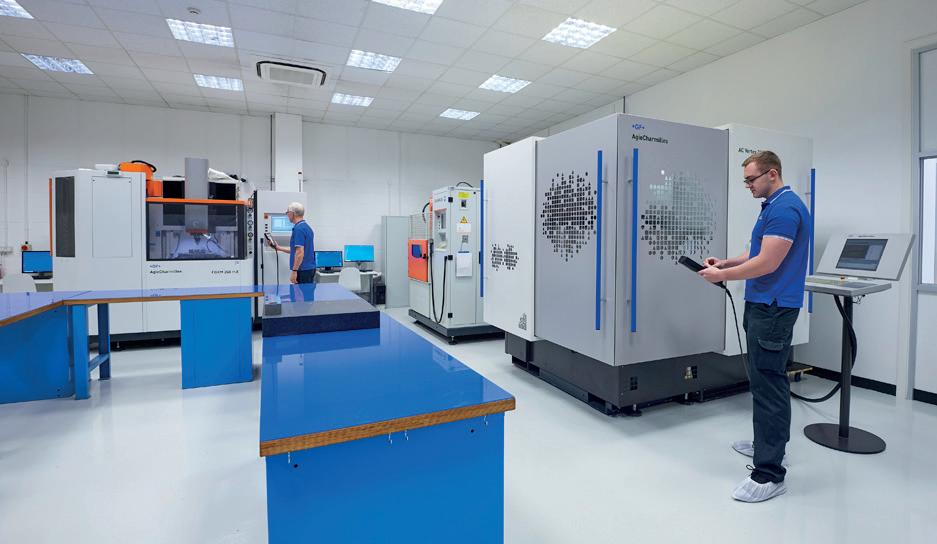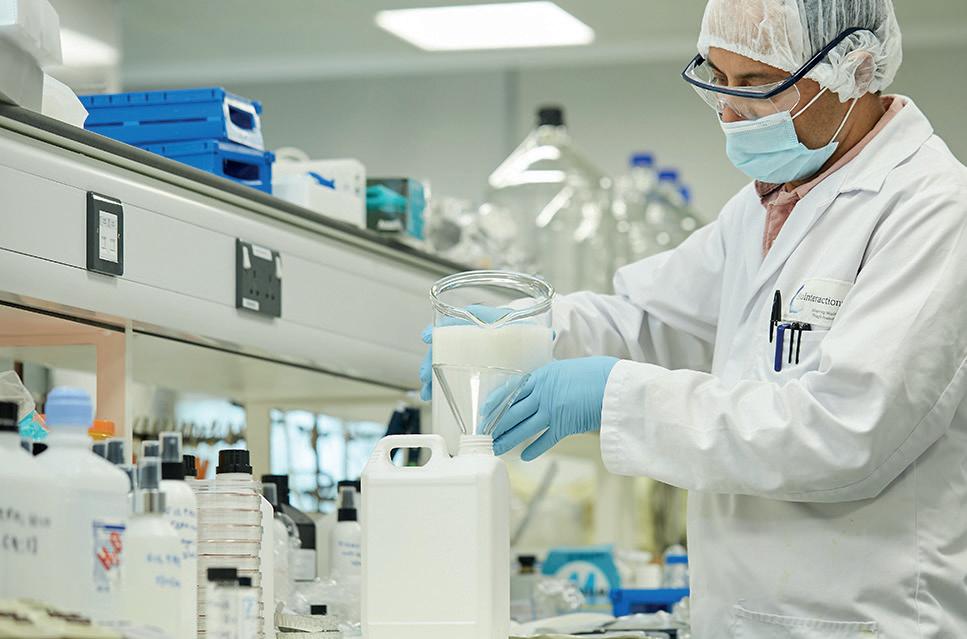
3 minute read
Creating an AI-Integrated medical device in
With artificial intelligence (AI) now such a prominent tool, Isabella Schmitt, RAC, director of regulatory affairs at Proxima Clinical Research, outlines the challenges and steps that need to be taken to create an AI-integrated medical device.
f you're planning to create a medical device that uses AI, you're not alone. The medical device market is packed with engineers and developers aiming to revolutionise patient care with AIdriven devices. To make your product stand out in this market, you’ll want to make sure that your device works not just well, but exceptionally well. So, let's embark on the how-to journey of creating an AI-integrated medical device that will make others wish they'd thought of it first.
Development
When developing an AI medical device, start with a sturdy foundation, which means selecting the right algorithm. The choice of algorithm should be tailored to the unique requirements of the device, much like choosing the right key for a specific lock (or master key for a set of locks) – only the correct key will unlock the full potential of the device.
In determining the right algorithm, engineers should thoroughly analyse the specific tasks the AI is expected to perform (like understanding the unique shape and grooves of the key required).
Will the AI be diagnosing diseases, predicting patient outcomes, providing treatment regimens, or assisting in surgical procedures? Each task requires a different set of skills, capabilities, and information, like how different keys unlock different locks. By tailoring the algorithm to the specific tasks, developers can ensure their AI medical device performs optimally and accurately in its intended applications.
Once the tasks have been identified, research on the various AI algorithms available should be conducted. From decision trees and support vector machines to neural networks and deep learning models, the AI landscape is diverse. The strengths and weaknesses of each algorithm should be evaluated, and the one best suited to handle the complexity of the clinical data and specific tasks at hand should be considered.
The chosen algorithm must be carefully crafted and refined, much like a locksmith filing and adjusting a key to achieve the perfect fit. This involves experimenting with and fine-tuning the algorithm, optimising its parameters and settings to achieve the best possible performance. This iterative process ensures the AI medical device, like a well-crafted key, operates effectively and reliably in its intended applications.
Data
Once the right algorithm has been selected, it's time to provide it with high-quality data. Going back to our key analogy, think of the data as the precise cuts that enable the key to function properly. If the data used is subpar or poorly shaped, the AI will be as ineffective as a poorly cut key, unable to unlock the desired outcome.
To ensure your AI model functions optimally, provide it with a diverse, accurate, and representative dataset. The better the data, the more smoothly and efficiently the AI model will operate.
Additionally, make sure your data is labelled accurately. Just as a key's grooves must align with the lock's pins, accurate labelling ensures that the AI model can correctly interpret and process the data. If the AI model is fed poorly labelled data, it might struggle to differentiate vital medical details, ultimately compromising the performance of the medical device.
Testing
Now that you've built and fed your AI model, it's time to put it to the test. To evaluate your model's accuracy, precision, and recall, split your data set into training and testing groups, and assess how well the AI can handle new information.
Be prepared to confront the dreaded "overfitting" monster. Overfitting occurs when your AI model becomes so consumed with the training data that it fails to generalise to new, unseen data, much like a key that only works for one specific lock but not others of the same type (a failed master key). To avoid this problem, consider techniques like cross-validation, regularisation, or adding more data. Remember, an AI that can't adapt to new data is only of limited use and may not ultimately be a marketable product.
Validation
After your AI model has passed the testing phase, it's time for validation. This is like a final exam for your AI, where it must demonstrate its ability to perform never seen before data well. Validation data should be representative of the real-world data your device will encounter, so it's crucial to be thorough in this step. Ensure a completely representative dataset.
If your AI model aces this stage, you can confidently say it's ready for prime time. If not, it's back to the drawing board.










